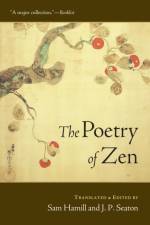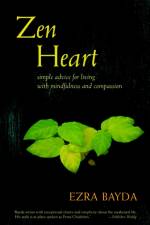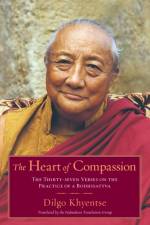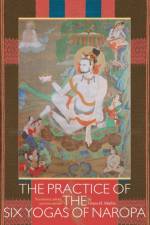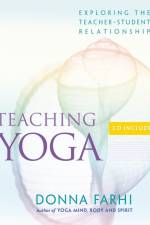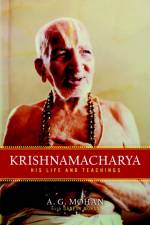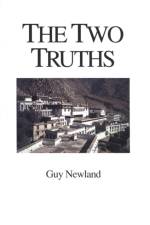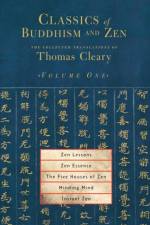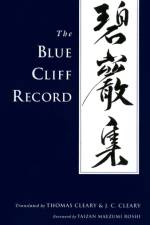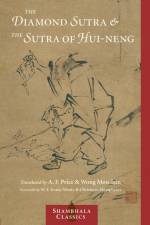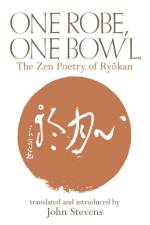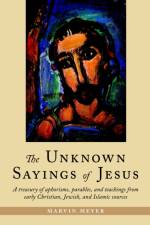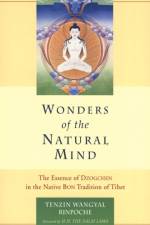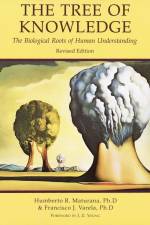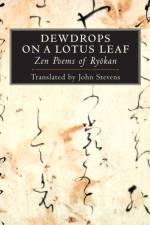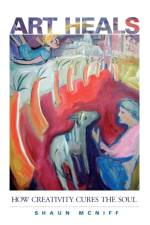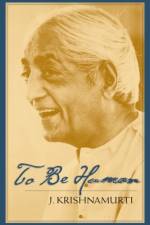- A Bushido Sourcebook
av Thomas Cleary
285
Through the ages, the samurai have been associated with honor, fearlessness, calm, decisive action, strategic thinking, and martial prowess. Their ethos is known as bushido, the Way of the Warrior-Knight. Here, premier translator Thomas Cleary presents a rich collection of writings on bushido by warriors, scholars, political advisors, and educators from the fifteenth century through the nineteenth century that provide a comprehensive, historically rich view of samurai life and philosophy. Training the Samurai Mind gives an insider’s view of the samurai world: the moral and psychological development of the warrior, the ethical standards they were meant to uphold, their training in both martial arts and strategy, and the enormous role that the traditions of Shintoism, Buddhism, Confucianism, and Taoism had in influencing samurai ideals. The writings deal with a broad range of subjects—from military strategy and political science, to personal discipline and character development. Cleary introduces each piece, putting it into historical context, and presents biographical information about the authors. This is an essential read for anyone interested in military history and samurai history, and for martial artists who want to understand strategy.

